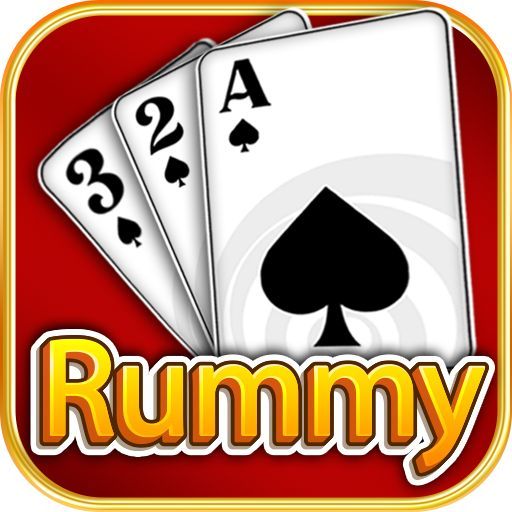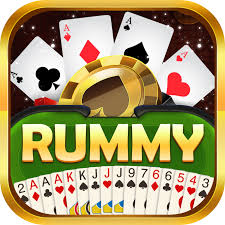Rummy Card Game Rules: A Complete Guide
Rummy is one of the most popular card games worldwide, known for its strategic gameplay and simple rules. Whether you are a beginner or an experienced player, understanding the rules is essential for success. This article will provide a comprehensive guide to the rules of the Rummy card game, including different variations and key gameplay mechanics. Also Download Happy Teen Patti

—
Objective of the Game
The primary goal in Rummy is to form valid sets and sequences using the cards in your hand. A valid declaration consists of at least one pure sequence (a sequence without a joker) and other valid combinations. The first player to declare a valid hand wins the game.
—
Basic Rules of Rummy
1. Number of Players
Rummy is typically played with 2 to 6 players.
A standard 52-card deck is used for 2 to 4 players, while two decks are used for larger games.
2. Dealing the Cards
In 13-card Rummy (the most common variant), each player is dealt 13 cards.
The remaining cards form the draw pile, and the top card is placed face-up as the discard pile.
A wild joker is randomly selected from the deck.
3. Card Ranks and Points
Face Cards (K, Q, J) and Ace carry 10 points each.
Numbered cards hold their face value (e.g., 7 of Hearts = 7 points).
Jokers have zero points and are used as wildcards.
—
Gameplay Mechanics
1. Drawing and Discarding
On each turn, a player must draw one card (from the draw pile or discard pile) and discard one card.
The game continues until a player declares a valid hand.
2. Forming Sequences and Sets
A sequence consists of three or more consecutive cards of the same suit (e.g., 4♠-5♠-6♠).
A pure sequence must be without jokers.
An impure sequence can include a joker.
A set consists of three or four cards of the same rank but different suits (e.g., 8♠-8♦-8♣).
3. Jokers and Their Role
Wild Jokers: A randomly selected card that can substitute for any missing card in a set or impure sequence.
Printed Jokers: These are already in the deck and function the same as wild jokers.
4. Declaring the Game
A player can declare the game when they have formed at least one pure sequence and the rest of the cards are arranged in valid sequences/sets.
The player places their cards on the table for verification.
If the declaration is incorrect, the player receives full penalty points.
—
Scoring in Rummy
The winner gets zero points, while the losing players accumulate points based on ungrouped cards.
Maximum points a losing player can get is 80 points.
If a player has not made a pure sequence, all their ungrouped cards count toward their score.
—
Popular Rummy Variants and Their Rules
1. Points Rummy
A fast-paced version where each point has a fixed monetary value.
The winner takes cash based on opponents’ total points.
2. Pool Rummy
Players aim to avoid reaching 101 or 201 points to stay in the game.
The last player remaining wins the prize.
3. Deals Rummy
A fixed number of deals are played, and players receive chips.
The player with the most chips at the end wins.
—
Common Rummy Rule Variations
Drop Option: Some versions allow players to drop out mid-game with a penalty (e.g., 20 points for first drop, 40 points for middle drop).
Wrong Declaration Penalty: If a player declares incorrectly, they receive 80 penalty points.
Rejoining in Pool Rummy: Players can rejoin until a certain threshold is reached.
—
Final Thoughts
Rummy is a game of skill, strategy, and patience. By understanding these rules and practicing regularly, you can improve your gameplay and increase your chances of winning. Whether playing casually with friends or in competitive cash games, following the correct rules ensures fair play and an enjoyable experience.
Ready to test your skills? Gather your cards and start playing Rummy today! Also Download Teen Patti Palace























